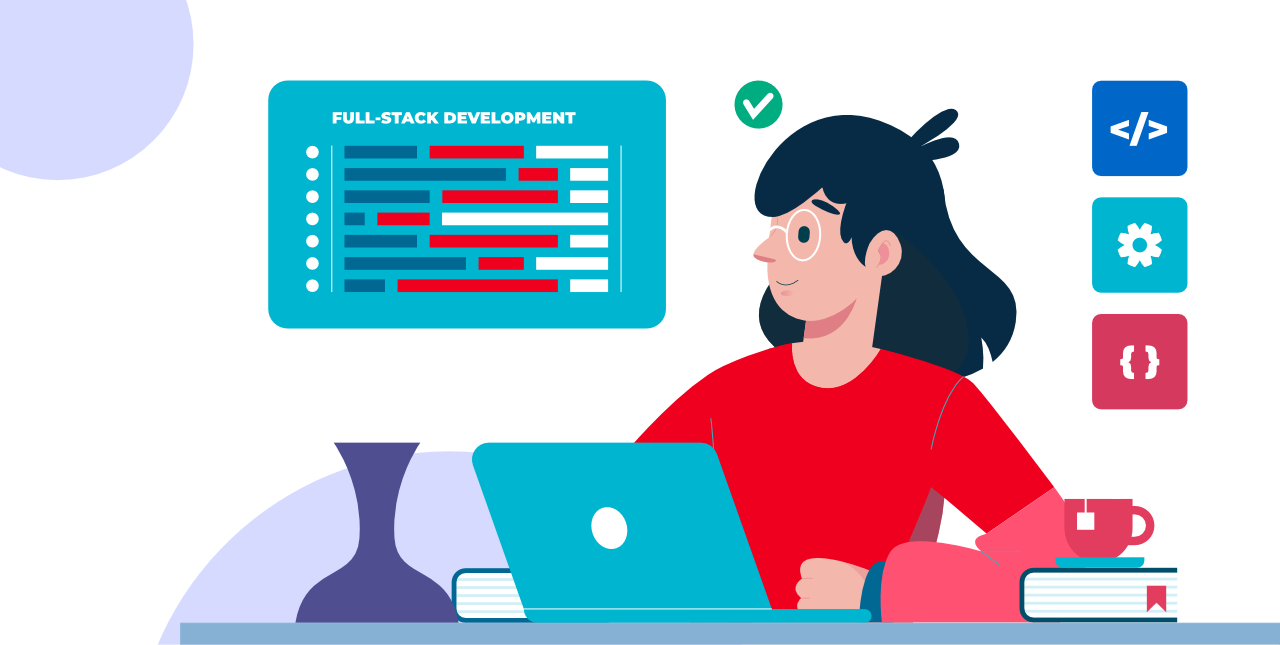
In the rapidly evolving field of software development, it is crucial to ensure that programs are reliable, effective, and easy to use. Full-stack development companies handle both the front-end and back-end parts of web applications, which require a great deal of testing and debugging due to their complexity. This blog post will explore why these practices are crucial, the benefits they provide, and best practices to implement them effectively.
The Importance of Testing and Debugging
Ensuring Application Quality
Providing high-quality software requires thorough testing and debugging. Full-stack development combines several technologies and frameworks to create a seamless application. Without rigorous testing, bugs, and issues in any part of the stack—be it the user interface, server-side logic, or database interactions—can lead to a subpar user experience. Testing assists in identifying and fixing these problems before the application is used by end-users.
Enhancing User Experience
User interruptions are kept to a minimum with a thoroughly tested program. Bugs, performance issues, or security vulnerabilities can significantly impact user satisfaction. For instance, a broken feature on the front end can frustrate users, while a back-end issue might cause data loss or crashes. Developers can improve the overall user experience and create reliable applications by investing in extensive testing and debugging.
Reducing Long-Term Costs
Finding and fixing issues early in the development process is significantly less expensive than dealing with them after the product is released. Early detection of bugs allows them to be fixed before they become more serious issues that require more complex solutions.
Key Practices for Effective Testing
Comprehensive Testing Strategies
Full-stack development services require a multi-layered approach to testing. Here are some essential types of testing to consider:
-
Unit Testing: Focuses on testing specific features or parts of the program. Unit tests are crucial to ensuring that every piece of code operates as intended.
-
Integration Testing: Confirms that the application’s various modules or services operate harmoniously with one another. This is important for checking interactions between front-end and back-end components.
-
End-to-End Testing: Verifies that the complete application runs properly from beginning to end by simulating actual user scenarios. This type of testing helps identify potential problems from the user’s perspective.
-
Performance Testing: Evaluates the application’s performance across a range of scenarios, including significant data loads and high traffic. This ensures that the application can handle the anticipated user load without experiencing noticeable slowdowns.
Automated vs. Manual Testing
Both automated and manual testing have their place in the development process. Automated testing involves using scripts and tools to run tests, which can be especially useful for repetitive tasks and regression testing. In contrast, manual testing requires human testers to interact with the program to identify unexpected behavior and usability issues. A well-rounded strategy that combines both approaches can result in more comprehensive testing. Automated testing can quickly cover a wide range of scenarios, while manual testing can reveal insights into the user experience with the application.
Debugging Best Practices
The process of finding and resolving errors in code is known as debugging. Effective debugging can significantly improve the quality of the application. The following are some recommended practices:
-
Use Debugging Tools: Modern development offers powerful debugging tools that can help trace errors, set breakpoints, and inspect variables. Tools like Postman for API testing and Chrome DevTools for front-end debugging are extremely helpful.
-
Log Errors and Monitor Performance: Implementing logging mechanisms can help capture errors and monitor application performance. Tools like Sentry and New Relic provide real-time insights into issues and performance bottlenecks.
-
Adopt a Methodical Approach: When debugging, systematically isolate and test different parts of the code to identify the root cause of the issue. This approach can help avoid confusion and lead to more efficient problem-solving.
Regular Code Reviews
Code reviews are an essential part of the development process and significantly aid debugging efforts. Code reviews also encourage communication and collaboration among team members.
Conclusion
In full stack web development company, testing and debugging are not just supplementary tasks but critical components of the development process. Effective testing ensures that the application meets quality standards and provides a positive user experience, while thorough debugging addresses issues and improves code reliability.
By implementing comprehensive testing strategies, leveraging both automated and manual testing, and adopting best practices for debugging, development teams can build robust and high-quality applications. Prioritizing these practices will lead to more reliable software and ultimately a better experience for end-users.
Read more and follow us at: https://www.smallbizdirectory.net/